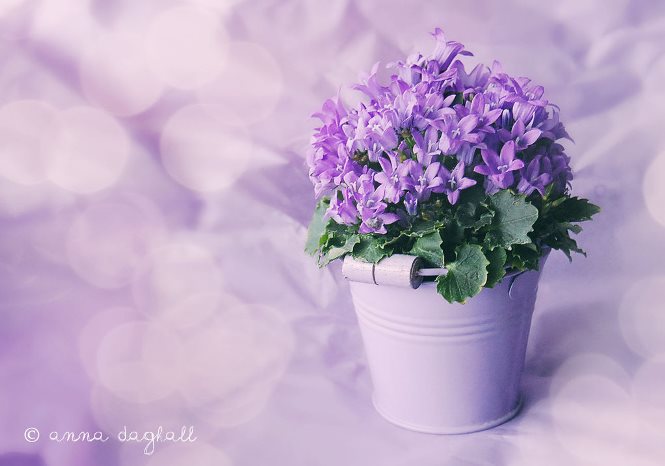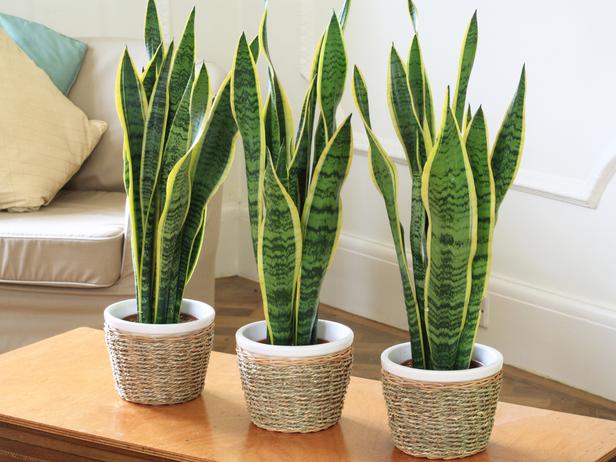7 Plants For Your Bedroom to Help You Sleep

There’s nothing worse than tossing and turning all night, before being awoken by the sound of your alarm clock just minutes after you finally manage to nod off! These sleepless nights can take their toll on our energy, productivity, mood and overall quality of life.
One way to ensure a better quality of sleep is to fill your home with beautiful flowers and plants. Not only do they look great and bring vitality and life to your living spaces, but they can have fantastic relaxing and purifying benefits – which in turn can promote a healthy sleeping pattern.
With stress and anxiety causing half of all insomnia issues, it’s a good idea to fill your home and bedroom with a variety of plants that have a calming effect. After all, studies clearly show that spending time in nature reduces stress levels, so why not simply bring nature indoors?
In addition, poor air quality from pollution, odors and molds can impact our breathing, thus making a good night’s sleep seem next to impossible. The good news is there are a variety of plants that can purify the air while you sleep – in fact NASA did a whole study on it!
We’ve compiled this list of 7 great plants to help you sleep better, based on their calming and cleansing effects:
1. Lavender

Who doesn’t love the scent of lavender? It’s also probably the most well-known of all plants when it comes to inducing sleep and reducing anxiety levels. Research backs up these claims, with lavender scents shown to slow down heart rate, lower blood pressure and levels of stress.
In one study, the smell of lavender reduced crying in babies, sending them into a deeper sleep; while simultaneously reducing stress in both mother and child – something all new mothers will be happy to hear!
In women, lavender has been shown to increase light sleep, and decrease rapid-eye movement (REM) sleep and the amount of time to wake after first falling asleep, with opposite effects in men.
While there are a host of lavender scented products on the market to help you get a full night’s rest (from scented sleep masks to lavender mattresses) why not go for the most natural and cost effective option – a beautiful lavender plant placed on your nightstand.
2. Snake Plant (Mother-in-Law’s Tongue)

One of the most recommended plants for improving indoor air quality, the Snake Plant is a hardy and easy to care-for plant … always a plus!
What’s great about this plant is that it emits oxygen at night time whilst simultaneously taking in carbon dioxide – something we naturally produce when breathing. All this leads to a purer quality of air and a better night’s sleep.
The Snake Plant also filters some nasty but common household toxins (namely formaldehyde, trichloroethylene and benzene) from the air.
3. Aloe Vera

Listed as one of NASA’s top air-improving plants, the fantastic Aloe works much like the Snake Plant – it emits oxygen at night, making for a more restful slumber. It’s also one of the easiest plants to grow and maintain – it tolerates ‘neglect’ well and so doesn’t require frequent watering.
Dubbed the ‘plant of immortality’ by the Egyptians, it reproduces easily so if you buy one you’ll soon have an Aloe plant for all the rooms in your house. You can even pass on the gift of happy sleep to your family and friends! Keep it on your bedroom window as it does need a lot of direct sunlight.
You can also use the gel from the Aloe Vera leaves as a topical treatment for minor cuts and burns, insect bites, dry skin and lots more! It’s simply a must-have plant in every home.
4. Jasmine

This exotic plant has a gentle, soothing effect on the body and mind. It has been shown in one study to reduce anxiety levels, leading to a greater quality of sleep.
Not only that, but this research suggests that the positive effects of such a high quality sleep lead you enjoy increased alertness and productivity during the day.
With such beautiful pink or ivory blossoms, there seem to be no downsides to adding a Jasmine bloom to your boudoir!
5. Valerian

The Valerian is a perennial flowering plant with sweetly scented pink or white flowers that bloom in the summer.
While the blossoms were used as a perfume in the 16th century, the root has been used as a tea or tincture since ancient times, with Roman physician and philosopher Galen prescribing it for insomnia. Newer research has shown that Galen was right in his prescription of Valerian Root – simply inhaling its scent will help you fall asleep quickly, and will ensure you enjoy a better quality of slumber.
In addition to keeping one on your bedroom window (it needs full sun for 6 hours a day), why not add a few of the petals to your bathwater to help you drift off?
6. Peace Lily

Not just pleasing to the eye, the Peace Lily is another of NASA’s superstar plants, helping to filter out harmful benzene, trichloroethylene, and formaldehyde toxins.
The moisture given off by these striking flowers can boost a room’s humidity by up to 5%. This suppresses airborne microbes which can lead to allergies, and also helps relieve those irritating dry noses and throats that keep you awake all night.
A nice shady position (out of the reach of pets and children) and weekly watering is all the Peace Lily needs – that’s not too much to ask in return for a great night’s sleep.
7. Gardenia

With glossy evergreen leaves and beautifully scented blossoms, Gardenias are a popular plant choice for bedrooms. Studies indicate that keeping one in your room may help you achieve a better quality of sleep, with claims that it may be as effective as Valium in relieving anxiety and promoting sleep.
However, gardenias can be tricky to maintain as they require a lot of attention in order to keep their luscious leaves and delicate flowers. Indoor gardenias should be kept in a bright room, but not placed in direct sunlight. But if you suffer with insomnia or anxiety, investing a little time in one of these beautiful blooms could be a cheap and healthier solution to taking pills!

Comments are closed.